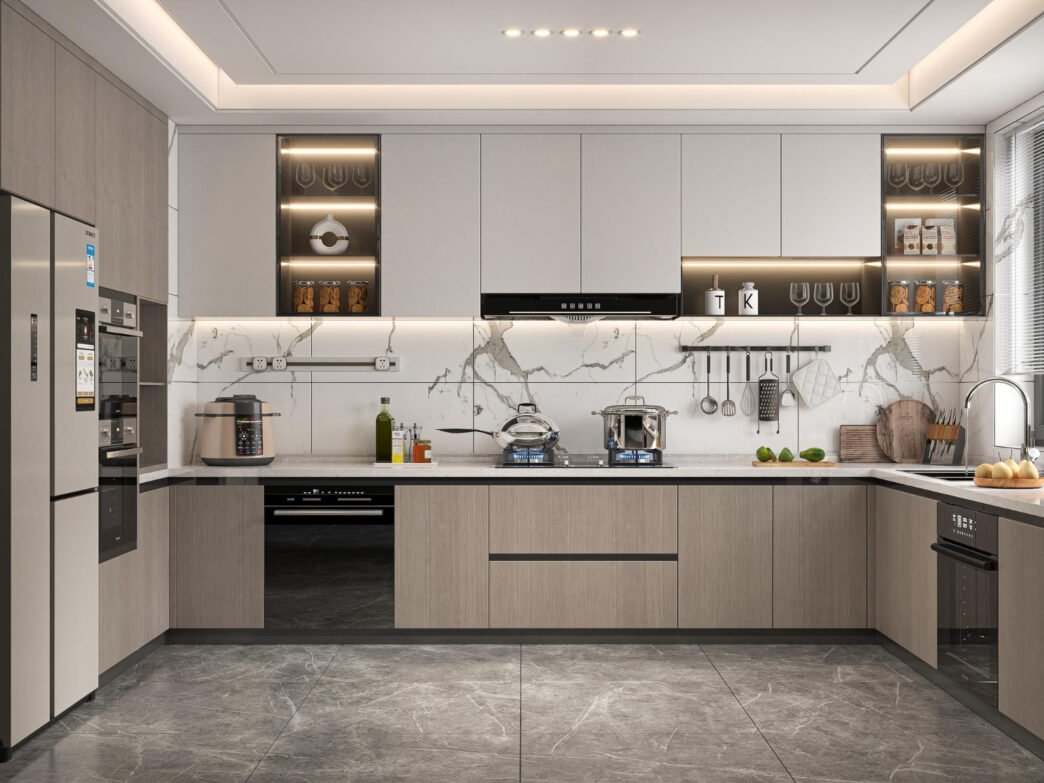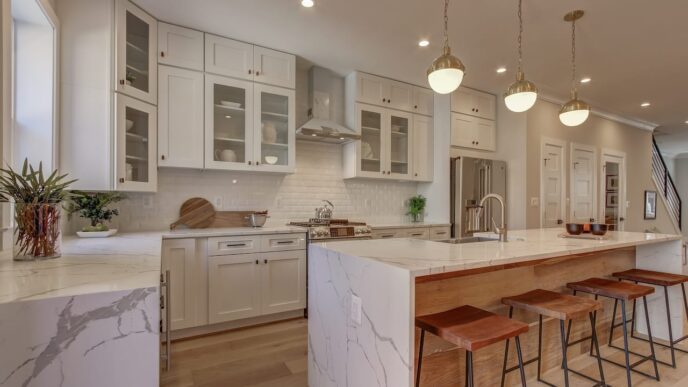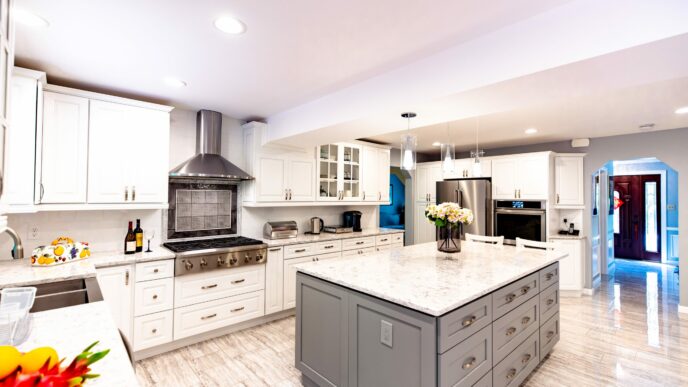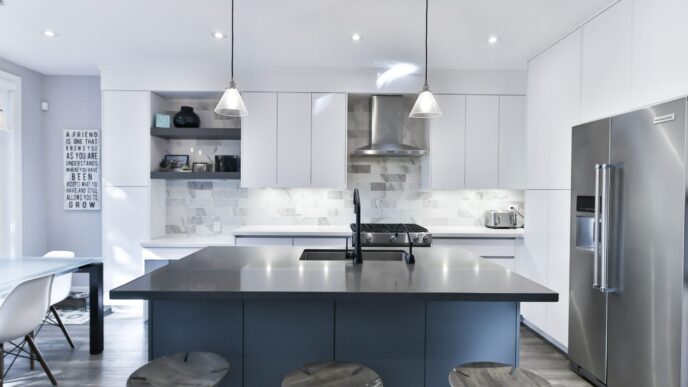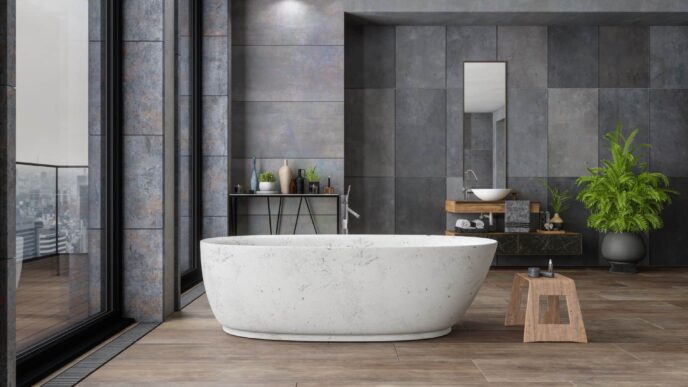As technology advances, so do the appliances that make our kitchen activities more convenient, efficient, and enjoyable. But what will the future of kitchen appliances look like in 2025? Let’s explore the trends, innovations, and possibilities that are shaping the kitchens of tomorrow.
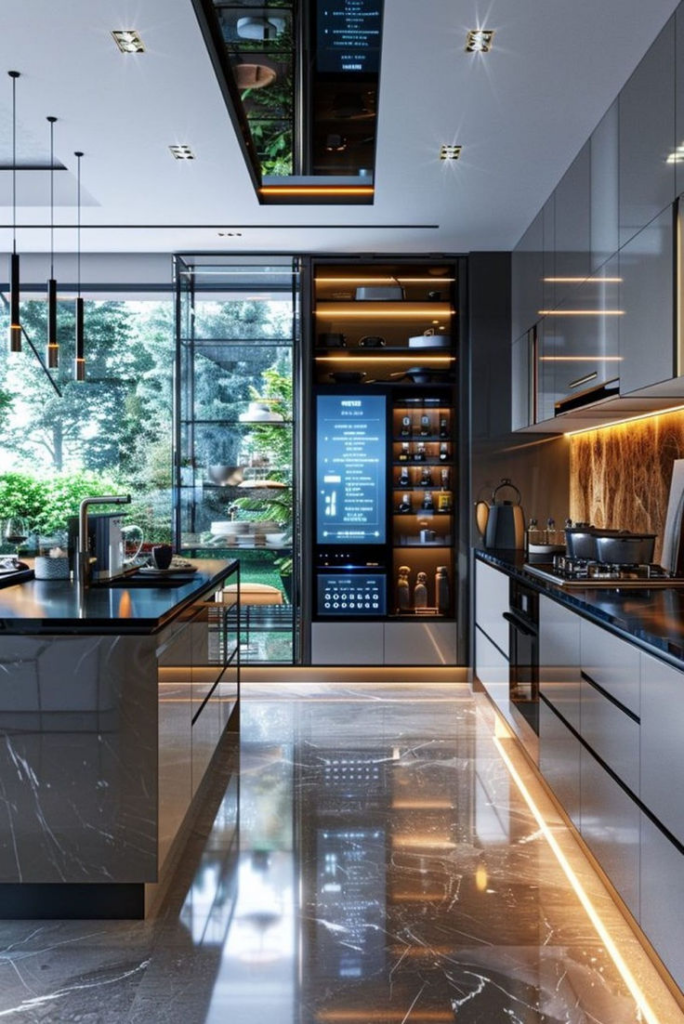
The Evolution of Kitchen Appliances
Before we dive into future trends, it’s helpful to look at how kitchen appliances have evolved over the years.
- Early 20th Century: Kitchens were mostly equipped with simple, mechanical devices like hand-cranked mixers and wood-burning stoves.
- Mid-20th Century: The introduction of electricity brought us refrigerators, electric stoves, and microwaves, revolutionizing food storage and preparation.
- Late 20th Century to Early 21st Century: Digital technology introduced programmable ovens, smart refrigerators, and energy-efficient dishwashers.
Now, as we enter 2025, new technological breakthroughs are paving the way for the next generation of kitchen appliances.

Smart Appliances: The Future is Connected
One of the most significant trends in kitchen appliances is the rise of smart technology. Smart appliances can connect to the internet, be controlled remotely, and interact with other smart home systems. Here’s how they are evolving:
- Voice-Controlled Appliances: Assistants like Amazon Alexa, Google Assistant, and Apple’s Siri will increasingly integrate with kitchen appliances, allowing users to preheat the oven, start the coffee maker, or adjust refrigerator settings with simple voice commands.
- AI-Powered Cooking Assistants: Imagine an oven that not only bakes your food but also suggests recipes based on available ingredients and adjusts the cooking time and temperature automatically.
- Smart Refrigerators: Future fridges will feature internal cameras, real-time inventory tracking, and AI-powered grocery suggestions. Some models will even automatically reorder groceries when supplies run low.
- Remote Monitoring: Users will be able to check on meals from their smartphones, adjusting settings as needed. For example, Samsung and LG have introduced ovens that allow real-time monitoring and control via apps.
- Energy Efficiency and Sustainability: Smart appliances will focus on reducing energy usage, using sustainable materials, and integrating composting and recycling systems.
Advanced Cooking Technologies
Cooking technology is becoming more advanced, making it easier and faster to prepare meals with professional-level results.
- Precision Cooking: More appliances will offer precision cooking features, such as ovens with exact temperature control, stovetops with built-in sensors, and multi-cookers with AI-driven cooking programs.
- Induction Cooking: Induction cooktops are becoming faster, more efficient, and capable of handling multiple cooking zones at once, with sensors that adjust heat based on cookware type.
- 3D Food Printing: Though still in development, 3D food printing could soon be used to create customized meals with personalized nutrients and flavors.
Health and Wellness Features
As health consciousness grows, kitchen appliances will support healthier cooking and eating habits.
- Nutrient-Preserving Appliances: Future ovens and juicers will focus on preserving nutrients, ensuring food remains as healthy as possible.
- Personalized Nutrition: AI-driven refrigerators will analyze grocery contents and suggest balanced meals based on dietary goals.
- Water and Air Purification: Kitchen appliances will integrate purification systems to ensure clean cooking environments.
The Role of Sustainability
Sustainability is a priority in appliance development, with new models focusing on environmental impact reduction.
- Recyclable and Biodegradable Materials: Future appliances will be designed with sustainable materials for easier recycling.
- Energy and Water Efficiency: Expect dishwashers using minimal water, refrigerators optimizing energy consumption, and ovens that retain heat more efficiently.
- Zero-Waste Appliances: Future innovations may include built-in composting systems and appliances designed to repurpose food scraps.
Kitchen Design: The Future of Aesthetics and Functionality
Kitchen design is evolving alongside appliances, focusing on minimalism, efficiency, and customization.
- Integrated and Invisible Appliances: Hidden refrigerators, silent dishwashers, and sleek, flush-mount stovetops will become more common.
- Modular and Multi-Functional Appliances: Urban kitchens will benefit from space-saving modular designs, with appliances that serve multiple functions.
- Customizable Designs: Homeowners will be able to choose colors, finishes, and features that match their personal style and needs.
Multifunctionality is King
With space-saving a priority, multi-functional appliances will dominate the market.
- Combination Ovens: Appliances that air-fry, roast, bake, and steam will be essential for compact kitchens.
- Countertop Cooking Centers: Compact units that combine a cooktop, sink, and small oven will maximize space efficiency.
Enhanced User Experience
Designers are prioritizing comfort, ease of use, and aesthetics.
- Intuitive Interfaces: Touchscreens, voice controls, and user-friendly displays will make appliances effortless to use.
- Self-Cleaning Features: More ovens and dishwashers will have built-in cleaning technologies, reducing maintenance time.
- Improved Aesthetics: Sleek lines, customizable finishes, and integrated lighting will enhance kitchen design.
A Peek into the Future of Kitchen Appliances
Looking ahead, several cutting-edge innovations may soon become mainstream:
- 3D Food Printing: Personalized meals created with customized nutrients and flavors.
- Automated Food Prep Robots: AI-powered robots that chop, slice, and even cook meals.
- Personalized Nutrition Guidance: AI-driven refrigerators that suggest meal plans based on dietary needs.
Embracing the Future of Kitchen Appliances
The future of kitchen appliances in 2025 is incredibly exciting. From smart technology to sustainability, these trends will shape the kitchens of tomorrow. Advancements will not only make cooking and food storage more convenient but will also support healthier living and reduce environmental impact.

